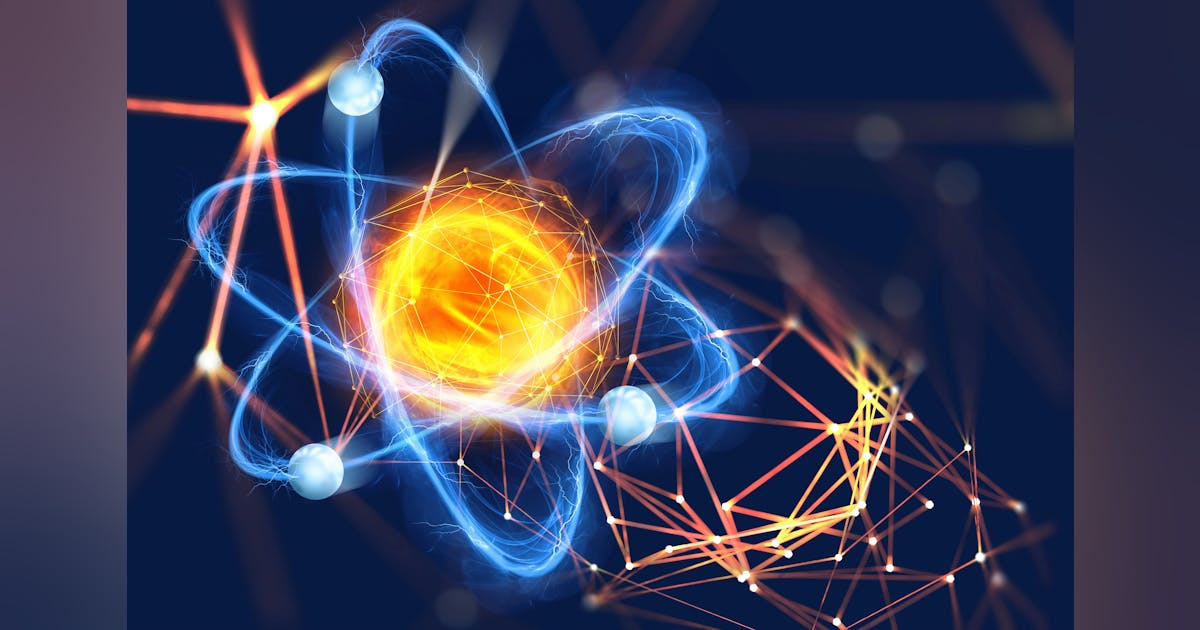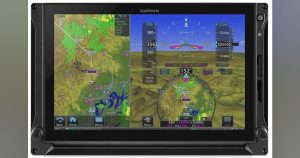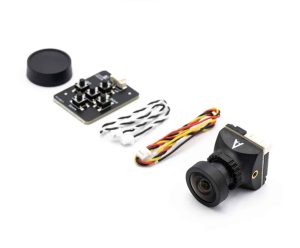DLR Sets New Precedent in Radiation-Resistant Space Electronics
The German Aerospace Center (DLR) has achieved a significant milestone by showcasing atomic diffraction through solids, paving the way for the advancement of radiation-resistant space electronics. This breakthrough utilizes state-of-the-art atomic physics and materials science, presenting a compelling avenue toward more resilient microelectronics critical for space missions.
Understanding Atomic Diffraction Through Solids
Atomic diffraction describes the wave-like motion of atoms as they travel through periodic structures, such as crystal lattices. When atoms meet a thin, ordered solid, like graphene, their regular atomic patterns cause the atoms to diffract, generating patterns akin to those found in X-ray or electron diffraction studies.
Key Concept: Diffraction patterns appear due to matter’s wave nature, as posited by quantum mechanics, with characteristics heavily influenced by the material’s atomic structure and the type and energy of the atomic beam.
Significance for Space Electronics
The space environment poses many challenges for electronics:
- High-energy radiation from cosmic rays and solar particles can compromise or damage microelectronic circuits.
- There is a pressing need for electronics that can withstand radiation to ensure the durability of satellites, probes, and prospective human missions beyond Earth’s magnetosphere.
DLR’s experimentation might catalyze the development of radiation-resistant materials by examining and devising material properties at the atomic level. Understanding atomic interactions and quantum behaviors under radiation can help engineers pinpoint weaknesses and cultivate new, more durable materials.
Methodology Behind Achieving Atomic Diffraction
In their research, DLR scientists employed beams of light atoms like hydrogen and helium, with energies reaching several thousand electron-volts, passing them through two-dimensional materials such as single-layer graphene. The study managed to identify clear diffraction patterns, a remarkable feat considering the potential for decoherence and damage due to high energies and material thinness.
Scientific Implications and Innovations
- Quantum coherence validation: The experiments affirm that atomic waves can preserve coherence while traversing atom-thin solid barriers, even amid possible destructive interference.
- Advanced material characterization: The identified patterns provide insights into the material’s atomic structure, defects, and electronic properties, vital data for crafting electronics with desirable traits.
- Beyond traditional diffraction: Unlike electron diffraction, atom diffraction is sensitive to both the material’s electromagnetic and nuclear structures, presenting new exploration avenues for quantum engineers and material scientists.
Application in Space-Resilient Electronics
The goal is to control charge carrier dynamics as they maneuver through or interact with device materials in intense radiation settings. Through precise atomic-scale knowledge from these experiments, engineers can design new materials that effectively dissipate radiation without performance loss, potentially leading to the production of transistors, sensors, and memory chips inherently resistant to cosmic radiation.
Recent Findings and Documentation
Recent experiments have proven successful in achieving diffraction with hydrogen and helium atoms through single-layer graphene with energies as high as 1.6 keV, thereby validating quantum behaviors in atomic beams within ultrathin solids.
Broader Impact: Quantum Technology and Space
Insights from these studies transcend space electronics, also impacting quantum computing, metrology, and sensor development for extreme conditions, including deep space or high-energy physics labs.
Technological Progression
- 2D Materials: Graphene’s atomic-scale thinness and exceptional durability make it central to these advancements.
- Atomic Wave Optics: The controlled manipulation of matter waves offers non-destructive, highly precise characterization methodologies.
- Attosecond Imaging: Offers real-time, detailed observation of electron movements in solids, enriching knowledge on radiation effects.
Insights and Future Prospects
DLR scientists emphasize that these findings herald new possibilities in planning and testing radiation-hardened microelectronics through quantum methodologies, reinforcing Europe’s and DLR’s position at the forefront of space exploration and quantum material research.
As space missions extend further afield, the need for self-repairing, reliable electronics becomes critical. Utilizing quantum behaviors such as atomic diffraction may prove crucial in addressing these demands.
Analogy for Real-World Understanding
Consider sending a stream of tennis balls through a fence with minuscule gaps—the balls, representing atoms, act like waves. The emerging pattern reveals details about the fence’s atomic structure and its endurance against cosmic assaults.
For further exploration of quantum matter nature and diffraction, refer to educational demonstrations on electron diffraction tubes. Recent scholarly articles provide in-depth analysis and theoretical models of these atomic diffraction phenomena.
Conclusion: The demonstration of atomic diffraction through solids by DLR marks a pivotal advancement in quantum physics and a leap forward in developing radiation-tolerant electronics, essential for future deep-space endeavors.













